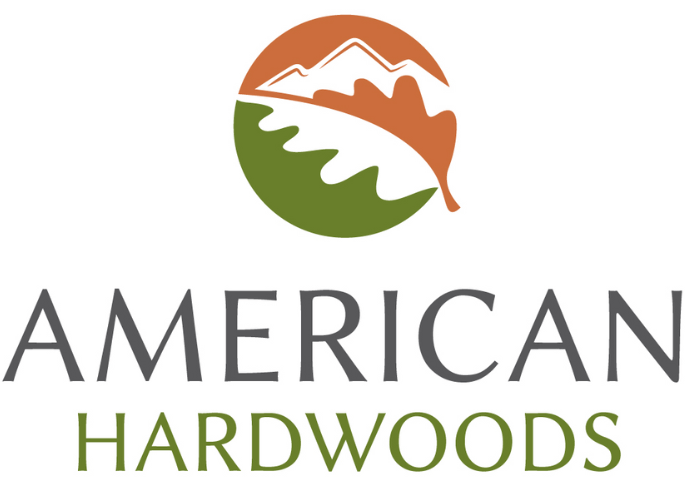Karri
Eucalyptus diversicolor
Distribution and Availability
One of the tallest trees in the world, Karri thrives in the south of Western Australia. Similar to Jarrah, although paler in colour, this slowgrowing tree produces a moderately durable timber and is widely available.
General Description
The heartwood is golden to reddish brown often with an orange or purple cast and tends to darken with age. It has an interlocked grain with a uniform medium-coarse texture.
Physical & Mechanical Properties
Karri’s best feature is its size – it is used extensively in the building industry, particularly in roofs due to the length and uninterrupted knot-free nature of the trunk.
Working Properties
Karri can be difficult to work with on account of its density. Karri may cause tearout during surfacing operations, especially on quartersawn surfaces, and has a tendency to blunt cutters.
Durability
Moderately durable, this timber is dense, yet has the reputation of being termite-prone. Tolerates rot well.
Main Uses
Karri wood is a beautiful mahogany colour, lighter in colour than Jarrah. It is used extensively in the building industry, particularly in roofs due to the length and uninterrupted knot-free nature of the trunk.general construction, framing, joists, shipbuilding, sleepers, guides or side beams in mines, structural plywood, roofing timbers and pulp and paper. The timber also lends itself to use in roofing because it can be milled in extensive lengths that are uninterrupted by knots. Its strength and appearance has a wide appeal for fine furniture designers.
Other Information
Some of the main streets of early Sydney were paved with blocks of Karri but have been long since covered by asphalt, the wood was also sent to London for the same purpose.









